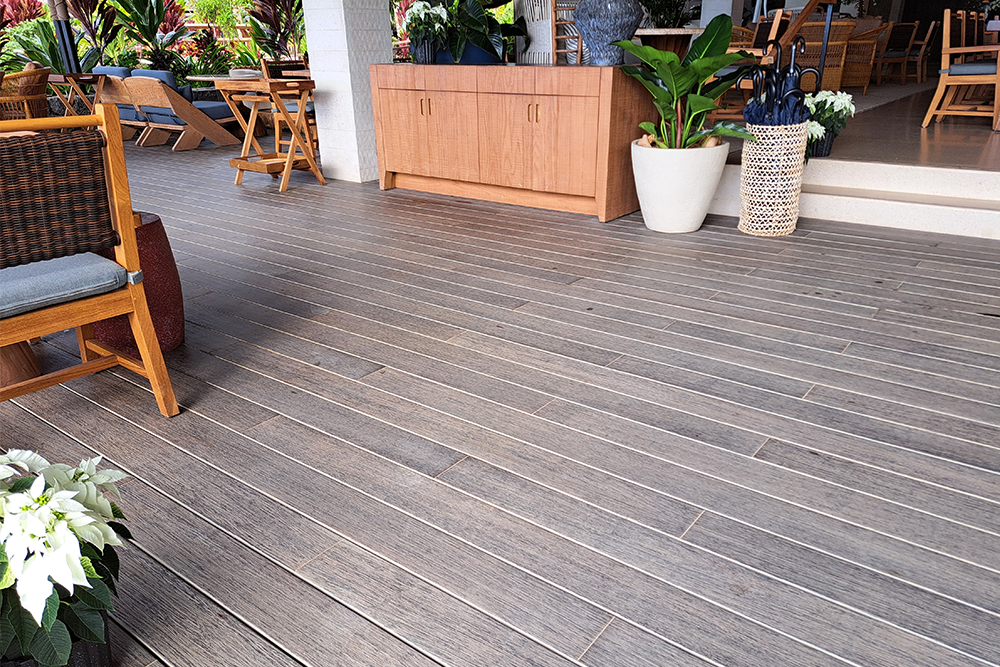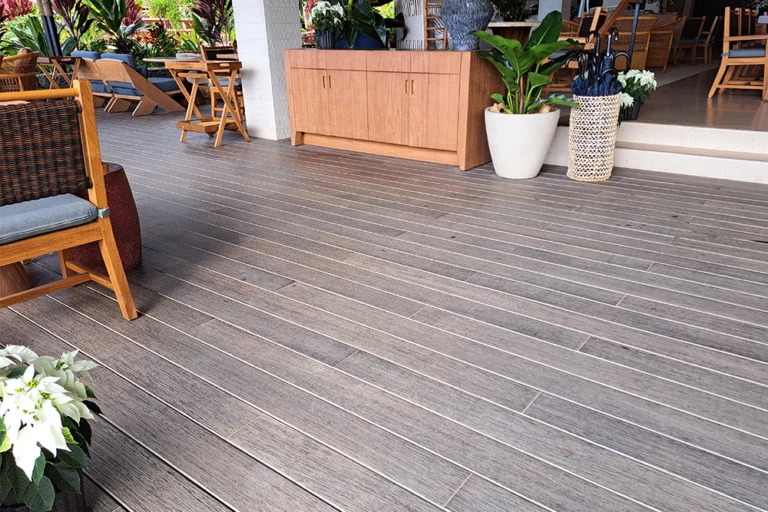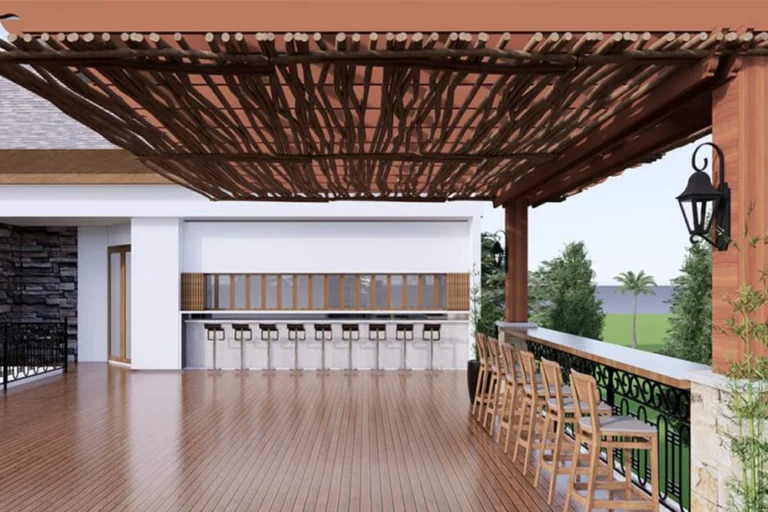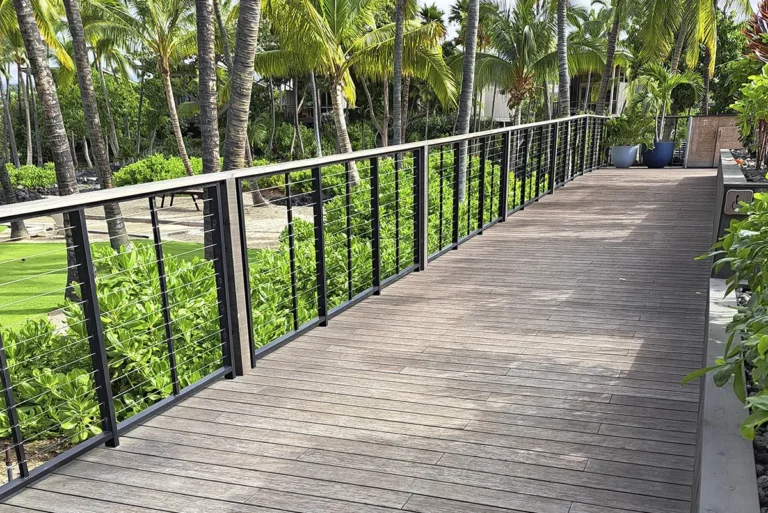Hardwood is a versatile and popular building and construction material used for many applications, including furniture, flooring, cabinetry, and decorative woodwork. Wholesale buyers need to understand the grading system for hardwood to make informed purchasing decisions and ensure that they are getting the best value for their money.
This article will cover the basics of hardwood grading, including an overview of the National Hardwood Lumber Association (NHLA) grading system, the importance of species, and an explanation of key terms and terminology used in the industry.
The NHLA Grading System
The National Hardwood Lumber Association (NHLA) grading system is the most commonly used system for classifying hardwood lumber. This system assigns grades to hardwood based on its appearance and quality, ranging from FAS (First and Seconds) to Select and Better.
FAS is the highest grade of hardwood, characterized by a smooth, clear appearance with few defects. A board must have at least 83% clear face cuttings to be considered FAS. This means that 83% of the board’s surface is free of knots, gaps, and other defects, making it ideal for high-end furniture, cabinetry, and other decorative applications where a smooth, uniform appearance is necessary. The remaining 17% of the board can contain some minor defects, but it should still have a very good overall appearance.
Select and Better is the next grade down from FAS. It’s considered “better” quality. The NHLA grading system characterizes this grade by a good overall appearance but may have more defects and a less even appearance than FAS-grade wood. This grade is commonly used for flooring, paneling, and other applications where a uniform appearance is not as important. While a Select and Better board can have some small knots, it can’t have any gaps, missing knots, or other defects that would impair its strength. This grade is suitable for applications where painting or staining the wood is necessary, hiding imperfections.
No.1 Common and No.2 Common grades are the lowest quality of hardwood. They have a high number of defects, including knots, gaps, and other blemishes that detract from the overall appearance of the wood. They are suitable for lower-end furniture and construction, for example, pallets or crates that will not be visible to customers.
Importance of Hardwood Species
When buying hardwood, wholesale buyers should also take into consideration the species of wood they are buying. Hardwood species vary widely in color, grain pattern, and durability, affecting the wood’s price and overall value. Some species are more expensive, and some are harder than others. And, of course, some species are more attractive than others.
The most common hardwood species include:
- Oak: This species is known for its durability, strength, and distinctive grain pattern. It is a popular choice for flooring and furniture.
- Cherry: This species is known for its rich, reddish color and fine, uniform grain. Often used for high-end furniture and cabinetry.
- Maple: The maple species is known for its durability, strength, and creamy white color. It is often used for flooring, cabinetry, and furniture.
- Walnut: Known for its rich, dark brown color and attractive, straight grain pattern and often used for high-end furniture and decorative woodwork.
- Mahogany: Popular for its rich, reddish-brown color and fine, straight-grain pattern. They are used mainly for furniture, cabinetry, and decorative woodwork.
- IPE: This wood boasts a resistance similar to steel, and remarkable lifespan of up to 75 years with proper maintenance. It is recognized for its exceptional strength and immunity to rot, insects, and fire. IPE is a top pick for outdoor decking and docks, owing to its natural resistance to water and decay.
- CUMARU: A robust tropical hardwood, Cumaru boasts a rich, dark brown hue and is naturally resistant to moisture and decay. Although more affordable than IPE, it remains a cost-effective choice for decking, flooring, and furniture.
Understanding Terms and Terminology
In addition to understanding the grading system, hardwood wholesalers should also be familiar with the terms and terminology used to describe hardwood. Some standard terms include:
- Rough-sawn: this term refers to the surface of the wood, with rough-sawn wood having a more natural, rustic appearance.
- Planed: this term refers to the surface of the wood, with planed timber having a smooth, finished surface.
- Quarter-sawn: this term refers to how the wood is cut, with quarter-sawn wood having a more even, vertical grain pattern.
- Rift-sawn: this term refers to how the wood is cut, with rift-sawn wood having a more diagonal grain pattern.
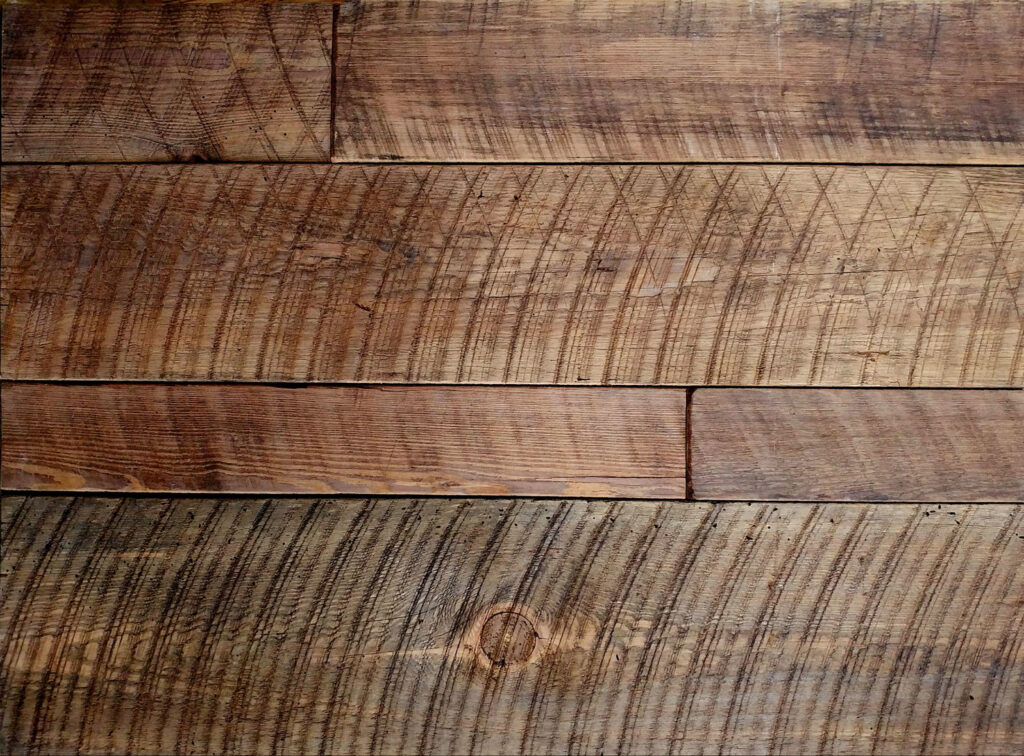

Understanding the grading system for hardwood is an essential part of being a hardwood wholesaler. Knowing the different grades and their characteristics will help you make informed purchasing decisions and ensure you get the best value for your money. Additionally, understanding key terms and terminology used in the industry can help buyers communicate effectively with suppliers and manufacturers.
If you’re a hardwood wholesaler looking for a wide variety of high-quality hardwood species, look no further than Tropical Forest Products. We import and stock many hardwood species from around the world, so you can be sure to find the perfect wood for any project. Contact us today at (855) 344-4500 or keep navigating through our website to browse our extensive selection of hardwood species.


